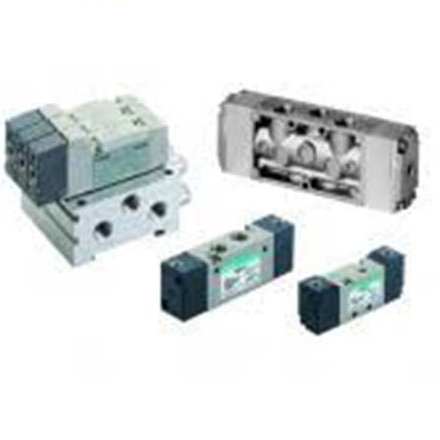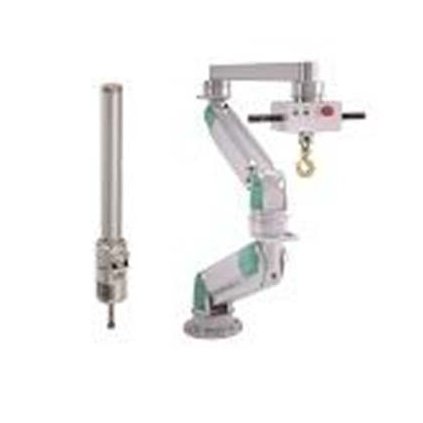- 9.00 to 9.00 (Mon_Sat)
- M/F unit: No 20c,MKB Nagar, Thiruudivakkam, Chennai, India.
- View On Map
-
Mail Us On
msfactoryautomations@gmail.com
-
Make a Call
+91-978-955-3926
- 9.00 to 9.00 (Mon_Sat)
- M/F unit: No 20c,MKB Nagar, Thiruudivakkam, Chennai, India.
- View On Map
-
Mail Us On
msfactoryautomations@gmail.com
-
Make a Call
+91 978-955-3926
Air Operated Valves
An air-operated valve, sometimes referred to as a pneumatic valve, is a kind of power-operated pipe valve that works similarly to a solenoid by utilizing air pressure. The compressed air begins to press against the piston or diaphragm walls as air pressure rises, activating the valve. Using a pneumatic system, air-operated valves, also known as air-piloted valves, employ air pressure to regulate pressurized air, liquids, or gas. Because these valves don't need extra manpower or electrical current to work, manufacturers favor them.
In general, pneumatic valve actuators require little upkeep. Because there is little to no resistance from air compressibility, pneumatic actuators can frequently be built to be smaller, lighter, and more responsive. It is possible to increase the cylinder size when more stroking force is required. An air release valve, in contrast to a pressure relief valve, opens at atmospheric pressure and immediately closes when liquid is present. Degassing valves are made to periodically release minute amounts of gas as they are produced. This normally open valve closes as liquid rises in the system, just like an air release valve does.
There are three extremely popular forms of control valves: air-piloted, solenoid-operated, and manual (l-r). Similar to relays in the automation system, pneumatic valves manage the flow of power.



